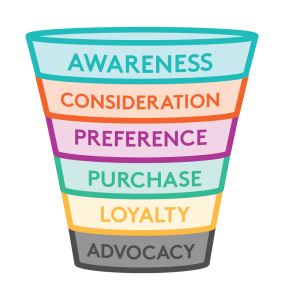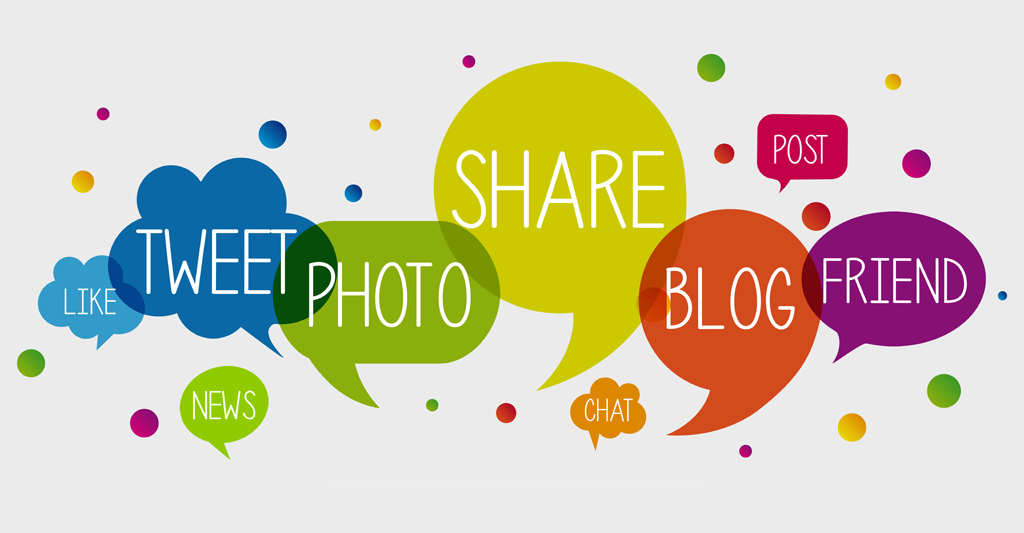
Companies today spend a whole lot on marketing and advertising. According to Business Insider, America’s 100 biggest advertisers spent a record of $109 billion in marketing in 2013. One of the companies, Procter & Gamble, the top spender, spent approximately $5 billion on advertising in 2013. However, there is another method to market and advertise your brand effectively and efficiently at the lowest cost possible.
This strategy is known  as the inbound marketing strategy. Inbound marketing is defined as the promotional strategy used by a company or organization via newsletters, SEO, social media marketing, blogs, and other forms of content marketing to attract and retain customers. Inbound marketing strategy focuses on catering advertising messages to people who are already interested in your product or services, as opposed to outbound marketing, where marketers push messages to the general public.
as the inbound marketing strategy. Inbound marketing is defined as the promotional strategy used by a company or organization via newsletters, SEO, social media marketing, blogs, and other forms of content marketing to attract and retain customers. Inbound marketing strategy focuses on catering advertising messages to people who are already interested in your product or services, as opposed to outbound marketing, where marketers push messages to the general public.
Inbound marketing relates to the sales or purchase funnel as shown on the left. The sales or purchase funnel is a model used by businesspeople to show the customer journey from awareness of a company’s product and service to finally purchasing it. Let’s take an example of an individual who saw a blanket scarf advertisement from Aritzia saying it is 50% off on Facebook (awareness) and is considering to purchase the product (consideration). Later, her celebrity she looks up to posted a picture on Instagram with the scarf, and the individual developed a liking for the product (preference). Few hours later, he unhesitantly purchased the product (purchase) online on Aritzia’s website.
An interesting fact to note is that this funnel on the left also shows two additional stages that marketers often leave out – loyalty and advocacy. If loyalty programs are implemented well, these two stages are crucial to attracting and retaining old customer, as it often brings long-term profitability to a company.

The sales and purchase funnel correlates to how inbound marketing strategy should be implemented. To convert a stranger (awareness) to a visitor of a company’s website (consideration), the inbound marketing strategy is to attract individuals via blogs and social media. Blogs could have mentions (@Aritzia) about the company’s product or service to induce greater awareness and consideration into using the product. An example of this would be Daily Hive‘s mention of Enchant being the world’s biggest Christmas
light maze. This post on Facebook attracted a lot of millenials on social media and a number of my friends went to visit the first day it was open.
The second inbound marketing strategy to convert visitors to leads (preference) is via call-to-action (CTA), forms, and landing pages. As shown in the Daily Hive post, their article included a CTA by hyperlinking Enchant’s website while mentioning the largest light maze coming to Vancouver.
The third inbound marketing strategy step is to close by converting leads to customers (purchase) via emails, signals, and workflows. Using emails and signals, they function as a reminder to the leads about the benefits of the product, optimally inducing them to buy the product.

The fourth step is a key step to the inbound marketing strategy, where you convert your customers to promoters. The inbound marketing strategy at this stage requires companies to host events and post smart content to engage and retain customers.
By hosting events, customers will post them on social media platforms using hashtags , mentions, and sharing of pictures that optimally increases the brand presence of your company on social media. Not to mention, these posts are technically free of charge, and serves as advertising for your product and service! Also, this also is a credible method of advertising because the customer’s post functions as a recommendation to his or her network of friends and family. According to Nielson, 92% of consumers believe that recommendations from friends and family are more credible than other forms of advertising. This is known as the positive word-of-mouth marketing (WOMM). Furthermore, 64% marketing executives indicated that they believe WOMM is the most effective form of marketing.
, mentions, and sharing of pictures that optimally increases the brand presence of your company on social media. Not to mention, these posts are technically free of charge, and serves as advertising for your product and service! Also, this also is a credible method of advertising because the customer’s post functions as a recommendation to his or her network of friends and family. According to Nielson, 92% of consumers believe that recommendations from friends and family are more credible than other forms of advertising. This is known as the positive word-of-mouth marketing (WOMM). Furthermore, 64% marketing executives indicated that they believe WOMM is the most effective form of marketing.
Developing and posting smart content, on the other hand, means to post the right content at the right time targeting the right customers who are interested in your product. This way, the post is relevant to the customer and will be more likely shared and cycled on social media platforms and function as a promoter of your company. Optimally, these posts will bring awareness to other new customers to move down the sales funnel.

In conclusion, utilizing inbound marketing is an effective and efficient method of advertising because WOMM is a very credible source for potential customers who are looking into using your product. Also, inbound marketing strategy’s cost is minimal, at 62% less than outbound marketing which often is mostly used by companies today. Hence, integrating inbound marketing strategy in your business strategy could be an asset for the company to achieve long-term business growth.
–
Source:
http://www.businessinsider.com/12-biggest-advertising-spenders-in-2013-2014-6
http://www.forbes.com/sites/kimberlywhitler/2014/07/17/why-word-of-mouth-marketing-is-the-most-important-social-media/#32edc6e87a77
https://www.meltwater.com/au/blog/6-steps-to-proving-our-worth-social-marketing-roi/




 Saturdays and Sundays at 12:00 p.m. to 1:00 p.m.
Saturdays and Sundays at 12:00 p.m. to 1:00 p.m. Monday at 7:00 p.m. and 10:00 p.m.
Monday at 7:00 p.m. and 10:00 p.m.